A trip to California in July to meet my dad’s 91-year-old cousin delivered an unexpected surprise: a key to unlocking our family’s German history.
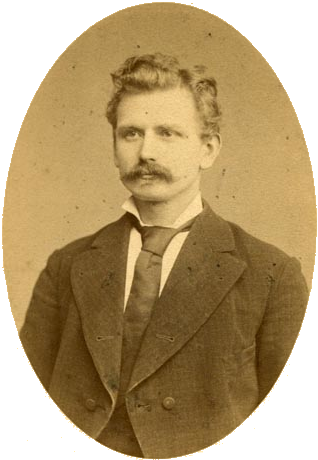
Hermann Schütze, 1851-1909,
taken in Hamburg, Germany ca. 1878
The key came in the form of a packet of documents our cousin Hugh Davis had gotten from his mother. The cache included my great-grandfather Friedrich Hermann Schütze’s birth certificates, a record of his military service, and his marriage certificate.
For years I’d wondered about the origins of the Schütze family in Germany. A family bible placed my great-granddad’s birth in Dresden. Then a few years ago I found his Hamburg marriage register on Ancestry.com which put his birth in Zeulenrode — or so I thought (it turned out I misread the town name). I wrote to the Lutheran Church in Zeulenrode and they responded that they had no record of a birth for Hermann Schütze. I resigned myself to never knowing about my great-granddad’s early years and the story of his birth family.
Until, that is, Hugh Davis handed me the paper trail of our German ancestral history.

Nothing is simple, though, when it comes to German ancestry. The handwriting was in Kurrent script, in which most letters look different from their present-day counterparts. Compound that with reading each scribe’s unique — and frequently hastily written — chicken scratch, er, handwriting, and then pile on the fact that all of this is in a foreign language with it’s own syntax, and the challenge of deciphering and translating these documents grows larger.
Birth Certificates
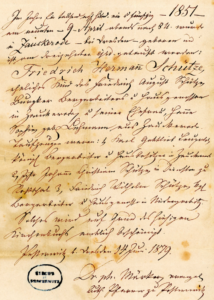
The first clue that I was on to something big, however, came from examining the seal at the bottom of the certification of birth and baptism letter. It read Kirche zu Pesterwitz — Church of Pesterwitz — which put the document on the map. When I looked up the town of Pesterwitz I discovered it was on the outskirts of Dresden. So the family bible was right.
Upon examining the birth certificate, it turned out Hermann’s birth town was Zauckerode, just outside of Pesterwitz. My original reading of the town on the marriage register got a few of the middle letters wrong, not surprising given that darned Kurrent script.
Having the true location of Hermann’s birth in hand, as well as the names of his parents, I found a family tree on Ancestry that Freimut Kahrs had put together that included Hermann’s brother Friedrich WIlhelm Schütze (previously unknown to me) and his parents[1] in Zauckerode. I wrote to Mr Kahrs to ask if he had any more information on the family, and this kind gentleman did some digging and found more background information on Hermann’s parents and the name of his grandfather.[2] Eureka! This was coming together.
Now that the path was laid out came the work of deciphering the documents. There are online resources[3] to help with transcribing Kurrent. In addition, WordMine is great for finding German words when you can only read a few letters within a word. And Google Translate is invaluable for performing the final step of translating the German words into English.
With those tools in hand, I began the frustrating and time-consuming task of transcribing and translating the birth certifications. It was worth the effort, though, as they yielded some enlightening information.
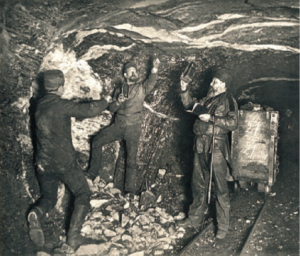
Our great-grandfather Friedrich Hermann Schütze was born on the evening of 9 April 1851 in Zauckerode. He was the second son of Friedrich August Schütze, a coal miner working for the Freiherrlich von Burgker Steinkohlenwerke in Burgk and living as a tenant in Zauckerode. Hermann’s mother was Hanne Sophie (née Lehmann) Schütze. Witnesses to Hermann’s baptism included two Schütze men, probably uncles, living in nearby Roßthal and Niederpesterwitz, and at least one of them was also a coal miner.

In notes on her family history, Harriet (née Schutze) Davis Ray, Hugh Davis’s mother, states that Hermann was “one of five children orphaned at an early age, scattered by adoption and lost to one another.” This, too, was new information, though Freimut Kahrs could find no records of early deaths for the parents.
It was interesting to find that Hermann kept two certifications of his birth from the pastor of Pesterwitz. I believe the dates of the two documents are significant. The first one, a certificate, was signed 15 February 1867; while the second one, a letter, was signed 14 June 1879. The second one was undoubtedly used to verify the information required for his marriage, which occurred on 4 July 1879.
The earlier certificate, on the other hand, was probably required for Hermann to begin an apprenticeship at age 15. As a butcher, he probably began working at a slaughterhouse in Dresden, likely at the location where today the State Theater — Staatsschauspiel Dresden — stands.[5]
(This would not have been the same slaughterhouse made famous by Kurt Vonnegut, Jr., in his book Slaughterhouse-Five about the Dresden fire bombing at the end of World War II. That more modern slaughterhouse was about one and a half miles away.)
Military Service
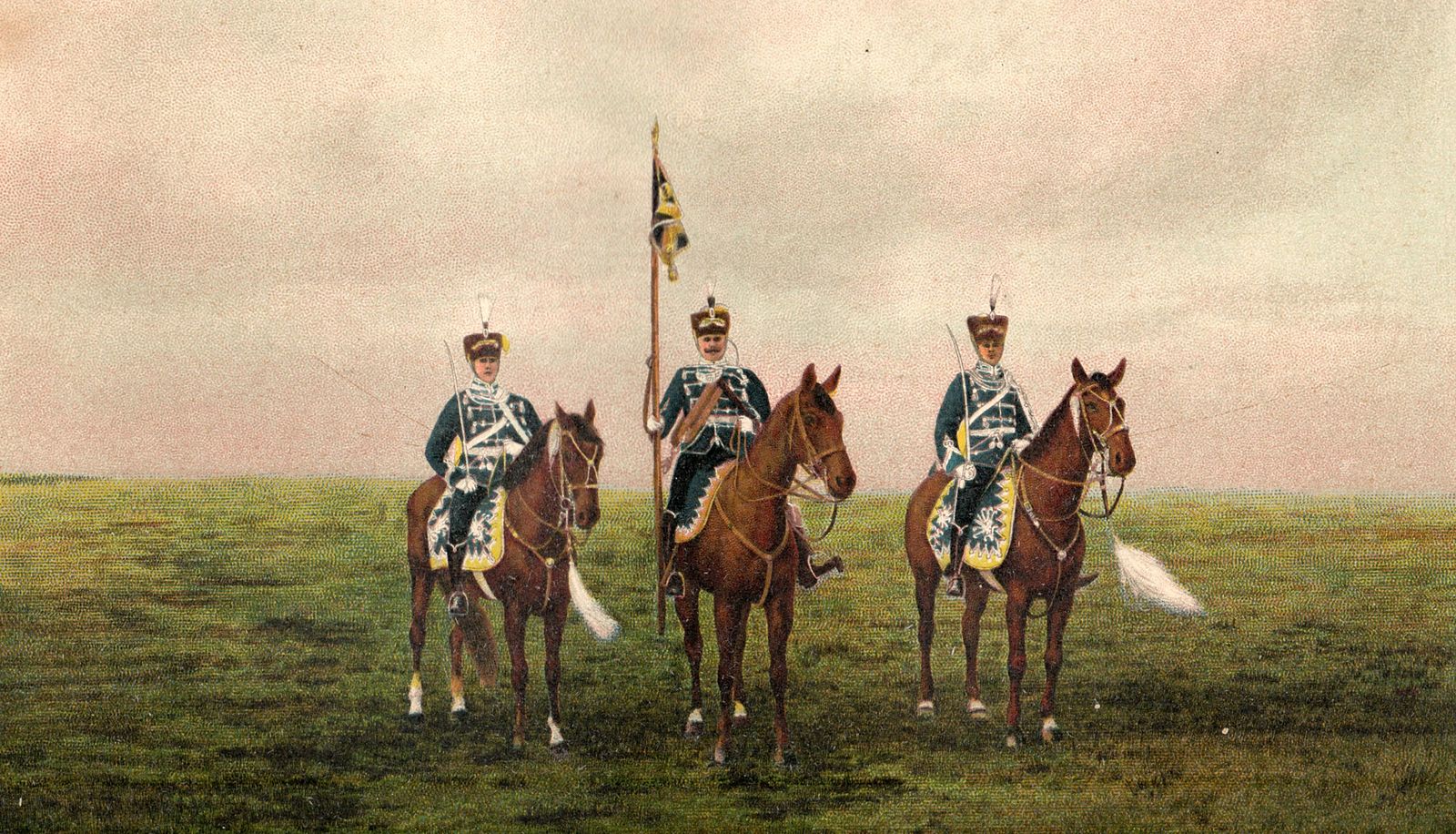
Military service was required of all young German men, and it appears that Hermann began his service after completing his apprenticeship. Becoming a journeyman butcher would have required him to travel, and by the age of 23 he already seems to have been living in Hamburg, given that is where he entered the military. From his certification of military service we learn that in November of 1874 Hermann was inducted as a Gefreiter (private) with the Hannoversches Husaren Regiment (Hannover Hussar Regiment), a cavalry unit of the Prussian Army based in Wandsbeck just outside of Hamburg and today part of the city. Whether he was issued a saber or a rifle with his horse is unknown, but it would be ironic if he was given a rifle, considering that Schütze means rifleman in the German army, not to mention Schütze can also mean private first class. He completed his three years of service in September 1877.
Less than two years later he married at age 28.
Marriage Certificate
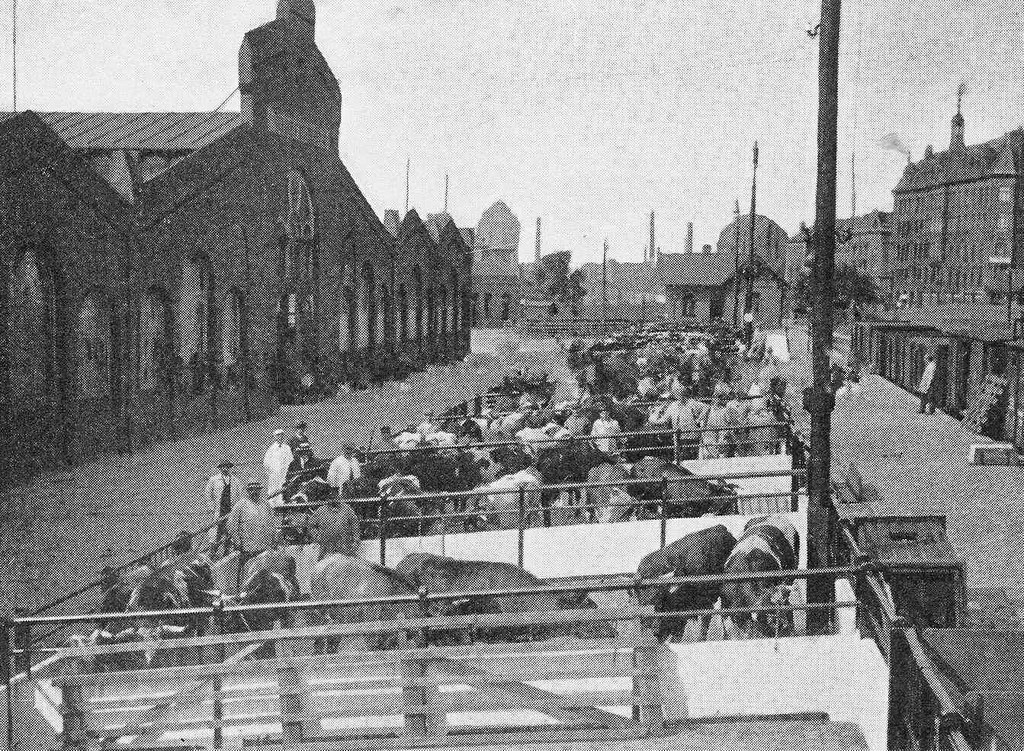
Hermann’s marriage certificate reveals that at the time of his marriage he was working as a schlachter (butcher) and living with the family of Johann Schrotzberger, an intestines dealer in the slaughterhouse section of Hamburg. Hermann married the eldest Schrotzberger daughter, Johanna Christina Friederike Schrotzberger on July 4th, 1879. One of the witnesses at the wedding was Hugo Kopff, a ship’s helmsman who married another Schrotzberger daughter, Johanna, on the same day. They were both married at St. Pauli Kirche[6] near the harbor, a thirty minute walk from the Schrotzberger home. One can envision the entire family walking together in their Sunday clothes (or riding in a couple of horse-drawn carriages) to the church for the dual-wedding ceremony.
(After Hermann’s first wife Friederike died in Detroit years later, he married the widow Johanna. It was Johanna who was the mother of Harriet née Schutze Davis Ray and grandmother of Hugh.)
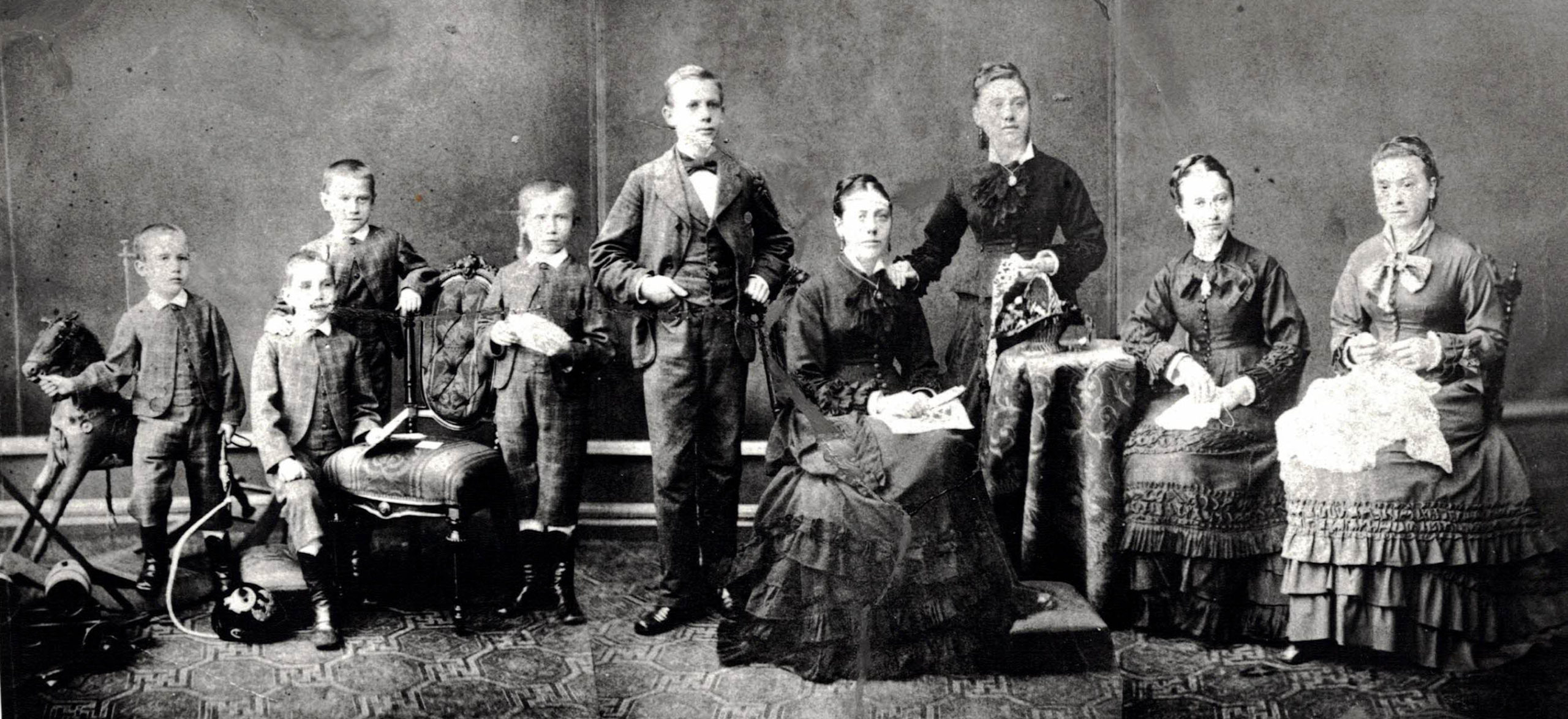
Less than a year after his first marriage, in 1880, and shortly after turning 29, Hermann emigrated to the United States and took up residence in Detroit, continuing his career as a butcher. His wife followed, as did the entire Schrotzberger family.
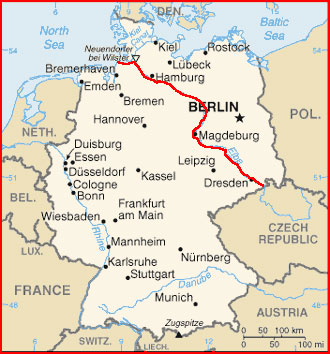
So ended the history of the Schütze family in Germany along the Elbe River, first in Dresden and then in Hamburg.
In the coming months we hope to go a bit further back in the family’s German history by examining old church records. With luck, we’ll have a pretty good picture of the ancestral family by next summer, when we hope to visit the old country and walk in the footsteps of our German ancestors.
Footnotes
[1] The tree included Hermann’s brother Friedrich Wilhelm Schütze, who was born in 1857 in Zauckerode and died in Dresden in 1918.
[2] According to Freimut Kahrs in an Ancestry.com message dated 24 July 2021:
– Friedrich August Schütze was a coal miner from Gorbitz
– His father was Johann Gottfried Schütze, who died before 1848
– Hanne / Johanne Sophie Lehmann was born and baptized in 1823
– Her first husband Carl August Rothe was a coal miner from Oberspaar
– Her father Friedrich Wilhelm was also a coal miner
– Her mother Regina Otto came from Braunsdorf
– There is no evidence that any of them [Friedrich August Schütze or his wife Hanne] died early
[3] On-line aids to reading old German Kurrent handwriting include:
○ Brigham Young University’s Script Tutorial on the German alphabet
○ Family Search’s German Genealogical Word List
○ Family History Library’s Handwriting Guide: German Gothic
[4] Photo from “Das Döhlener Becken bei Dresden” (“The Döhlen Basin near Dresden”), https://publikationen.sachsen.de/bdb/artikel/12178.
[5] Wikipedia, “Old slaughterhouse (Dresden),” https://de.wikipedia.org/wiki/Alter_Schlachthof_(Dresden)
[6] Location of wedding confirmed by St. Pauli church book entry obtained from the Evangelisch-Lutherischer Kirchenkreis Hamburg-Ost via email with image of the register’s entry attached.
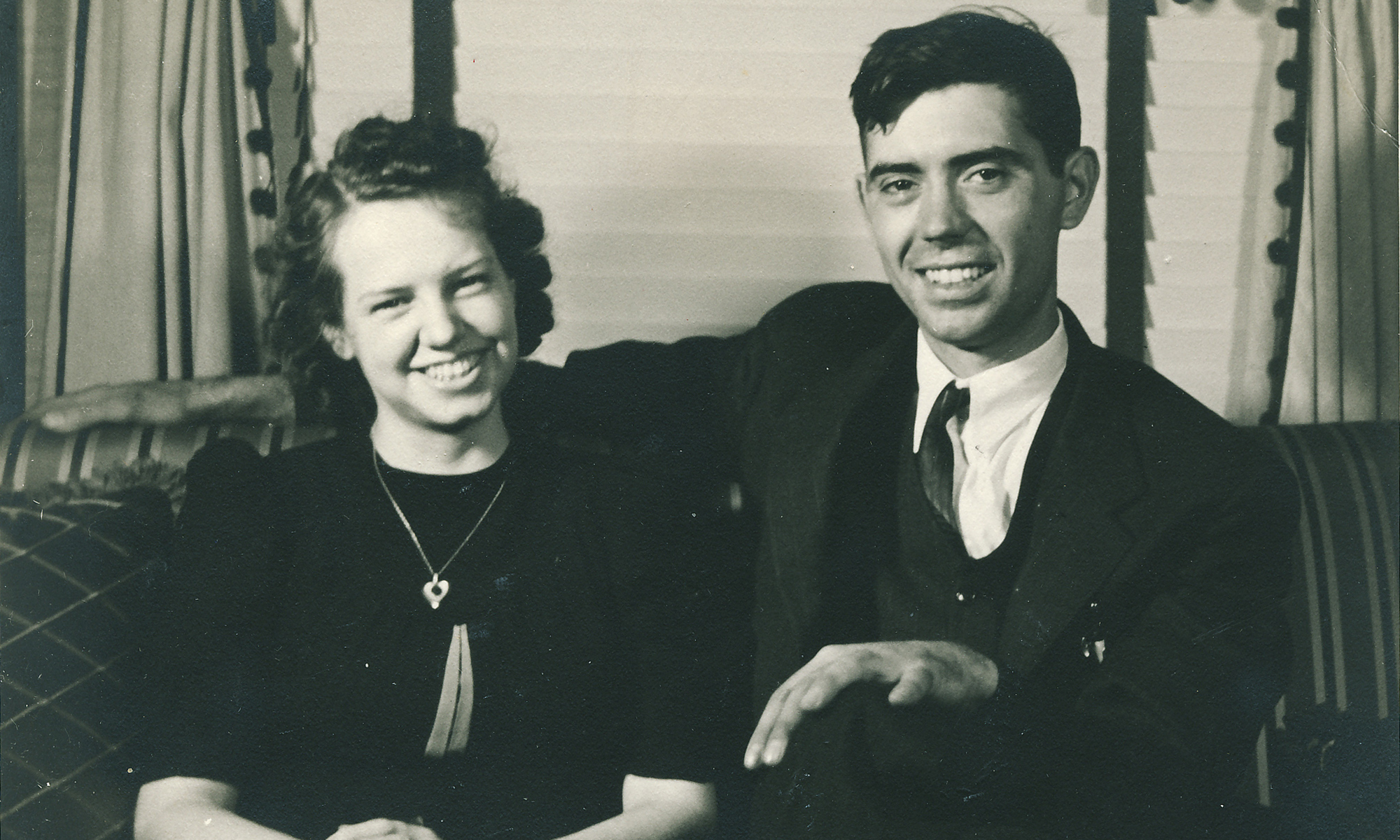
Well done, Jamie (Das ist gut.)
I didn’t realize that I held such a valuable key to your puzzle.
I am pleased to know more of the family history.